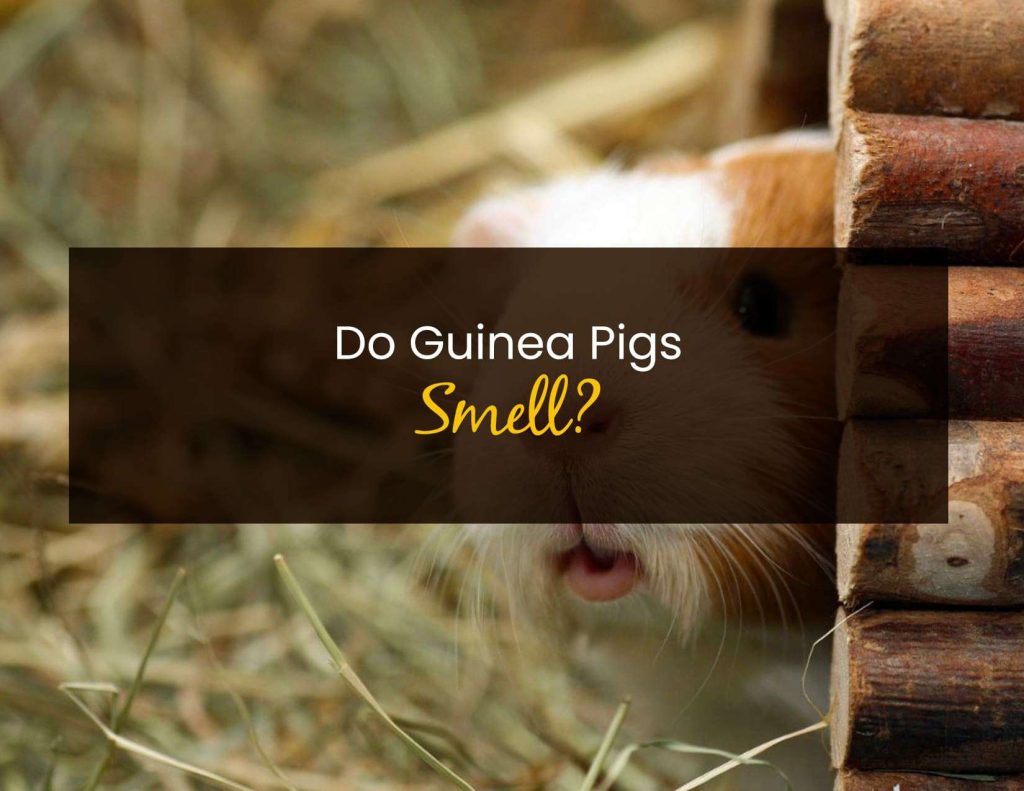Out of all of the Poodle-mixed breeds, the Maltipoo seems to be the least common. I’ve only known one person to ever own one. I’ve been trying to understand more about this breed and they have some fascinating qualities to them. There are plenty of positive traits about them but also some negative things you should know if you are considering one.
First, what is a Maltipoo? A Maltipoo is a “designer dog” that is a cross between a Poodle and a Maltese. Maltipoo’s inherit the personality, traits, and appearance of both breeds but the Maltese’s personality is, usually, more dominant while the Poodle’s coat is, usually, more dominant. They do not shed and are more hypoallergenic than other breeds.
Many people love the Maltipoo breed. They’ve been uncommon in the United States up until the 1980s and are just now beginning to grow in popularity. They are small, cuddly, affectionate, and require minimal exercise. This makes them a great indoor breed. They are also very intelligent, which makes them easy to train.
History of The Maltipoo
The Maltipoo was designed in the United States but there is nothing documented that would indicate when they were first seen. They are, mostly, popular in the United States, Canada, and the United Kingdom.
Many owners are attracted to this breed out of love for the Maltese and the Poodle. The Maltese breed has been around for thousands of years, 29 centuries to be exact, and was popular with ancient aristocrats. The Poodle, on the other hand, was first seen in Germany 400 years ago. The name originates from the German word “pudel,” which means “to splash in the water.”
The original circumstances for crossing these two breeds together are unknown. Both breeds, by themselves, have long coats that make them good for allergy sufferers. So that’s one reason we can rule out. They were, likely, created out of preference.

Maltipoo Temperament & Personality
Maltipoos are playful, energetic, and loyal. They have a lot of energy for such a small dog but are usually able to burn their energy off with minimal play and exercise. They are also intelligent which makes them easy to train.
They don’t get along with other dogs well and it can take them months to adapt if there is another dog in the house. They should be socialized while they are puppies to minimize this trait.
Maltipoo’s have charming personalities and develop a strong bond with their owners. In a sense, they can become codependent with a single person. This can cause them to go through separation anxiety if left apart from their owners for an extended period. This can make them suspicious, and possibly hostile, towards other people, even other family members.
Some Maltipoo’s are possessive of their owners if allowed and view others as a threat. It’s important not to spoil this breed with food and toys. Bad behavior is the result of improper training. A gentle, but firm, hand is required in training this breed. They have a history of taking advantage of their owners and being aggressive if they don’t get their way. Training should begin immediately, and any aggressive behavior should be addressed.
Caution should be used if a Maltipoo will be around unknown children. If children are living in the home they may do well if trained properly. This breed is picky! They do not like having their hair touched or pulled by kids. Any unnecessary commotion may provoke this breed to become aggressive.
Training a Maltipoo
They are very intelligent and pick up commands quickly. Positive reinforcement is the best approach. They can be sensitive to noise and commotion. Shouting at them should be avoided. Many owners choose not to use crates when they become adult dogs but find them helpful during the training stage when they’re pups. A professional dog trainer will be able to help you with how to discipline.
Maltipoos need to be socialized with people and other dogs at an early age. They lean towards being suspicious of strangers but early socialization will help to avoid these problems.
Maltipoo Exercise
Multipoo’s don’t need much exercise. Even though they have a lot of energy but they grow tired easily. Long walks should be avoided. Aim for two 5-10 minute walks per day. Indoor exercise is also a good option for this breed. It can be done in the form of play, either with humans or other dogs the Maltipoo is adapted to.
Maltipoos & Barking
As with other small breeds, Maltipoos are known to bark. This is especially true if they are left alone, or away from their owners. If you live in an apartment you may want to consider the noise toleration level of your neighbors. Maltipoo’s do great in apartments, don’t get me wrong, but they do bark a lot!
Maltipoo Sizes
Malteses come in one size while Poodle’s come in 3 sizes. The size of the Maltipoo will depend on the size of the Poodle it’s bred with. Since this is not an official breed (it’s a “designer breed”) there are no standard sizes or measurements.
To get a good understanding of the various sizes Maltipoos can come in you will need to understand the 3 sizes of Poodles:
- The Standard Poodle is over 15 inches in height
- The Miniature Poodles are 10 to 15 inches in height
- The Toy Poodles are under 10 inches
So the size of the Maltipoo will depend on the size of the Poodle: small, medium, or large. If you are purchasing through a breeder (which I recommend) be sure to ask them about the parent dogs, the sizes, and any health-related problems known to be in the line.

Maltipoo Health Issues
Maltipoos are usually healthy and have an average life expectancy of 10-15 years. They, like other breeds, are prone to certain health issues over others. They may inherit issues that are common to their parent breeds.
This can include:
- Epilepsy
- Suddenly falling asleep during activity in the day
- Considered a neurological condition that’s inherited
- Treated by medication.
- White Shaker Syndrome
- A neurological condition that can affect the Central Nervous System
- Often mistaken for anxiety
- Treatable through medication
- Retinal Atrophy
- A progressive eye disease
- Causes vision loss or complete blindness
- Typically diagnosed late in life
- Hypoglycemia
- Low blood sugar
- Related to diabetes but can be a condition on its own
- Treatable through medication
Maltipoo Pros and cons
Maltipoos are lovable and affectionate breeds that offer a lifetime of enjoyment to their owners. They have wonderful and loyal personalities. Ask any owner and they will be able to tell you all of the traits they appreciate about this breed.
They also have some negative qualities to them. They can be highly sensitive and prone to a certain type of aggression. They may make a wonderful pet for one person and scare the pants off of another. They aren’t for everyone. Here are some pros and cons you should consider before making a decision to buy one.
Pros
- Affectionate personalities.
- They love to be held and touched by the people they trust
- Loyal personalities
- They are loyal to their owners and love to spend time with them wherever they go
- Small enough for travel
- Most Maltipoos enjoy car rides
- Some are small enough to be brought onto airplanes
- Hypoallergenic Coats
- They don’t shed their hair which makes them perfect for those who are allergic to pet dandruff
- Don’t require much exercise
- They have a good amount of energy but don’t need to be taken for long walks
- They tire easy
- Great for the elderly
- Good emotional support dogs
- Since they are both loyal and small enough to travel they make a good choice for someone who needs an emotional support dog with them.
- Great Life Expectancy
- They will be around to keep their owners company for 10 to 15 years on average
- Easy to train
- They have an above-average intelligence that enables them to learn commands faster than your average dog
Cons
- Suspicious of strangers
- They don’t like people who aren’t in their inner circle
- They are harder to socialize with other dogs
- It can take them months to adapt to a new dog in the house
- Can become codependent with their owners
- They can become so attached to one person that they don’t like other family members
- They can be demanding if spoiled and force their will if they are brought up to get away with it
- Can experience separation anxiety
- They bark a lot
- They can bark most when alone
- Not good if you have neighbors or roommates that like a quiet atmosphere
- They need to be groomed regularly
- This can be positive or a negative
- Not good for people who don’t want to deal with going to the groomer.
What is a Maltipoo?
Hopefully, I gave you a good enough understanding of this breed. If you are considering getting a Maltipoo, be sure to find a responsible breeder. Also, get a good understanding of how you will train them to prevent some of the problems I mentioned.










